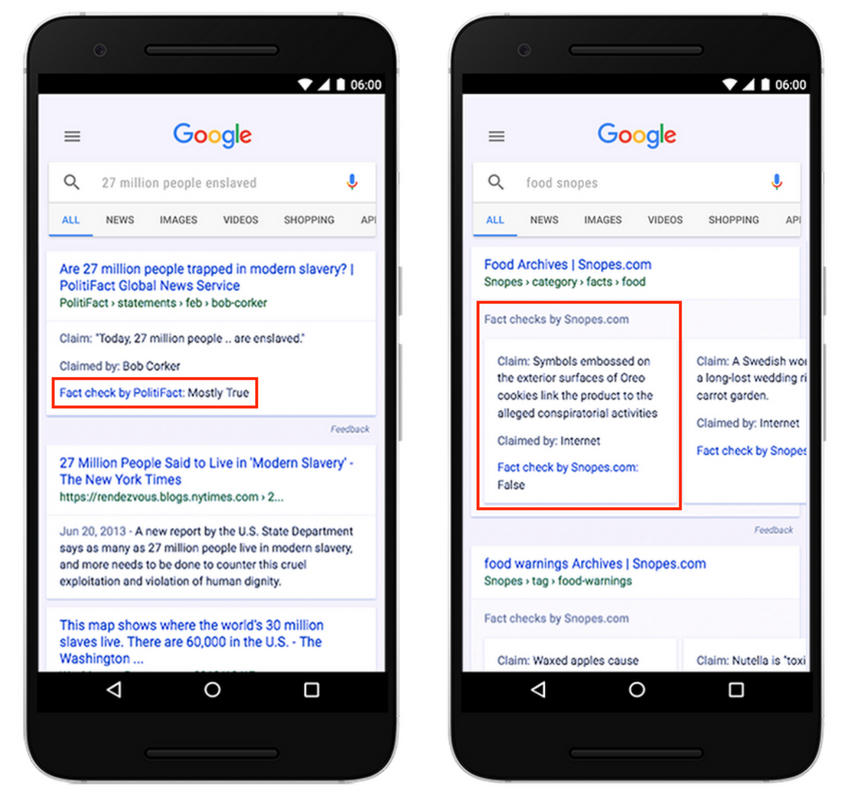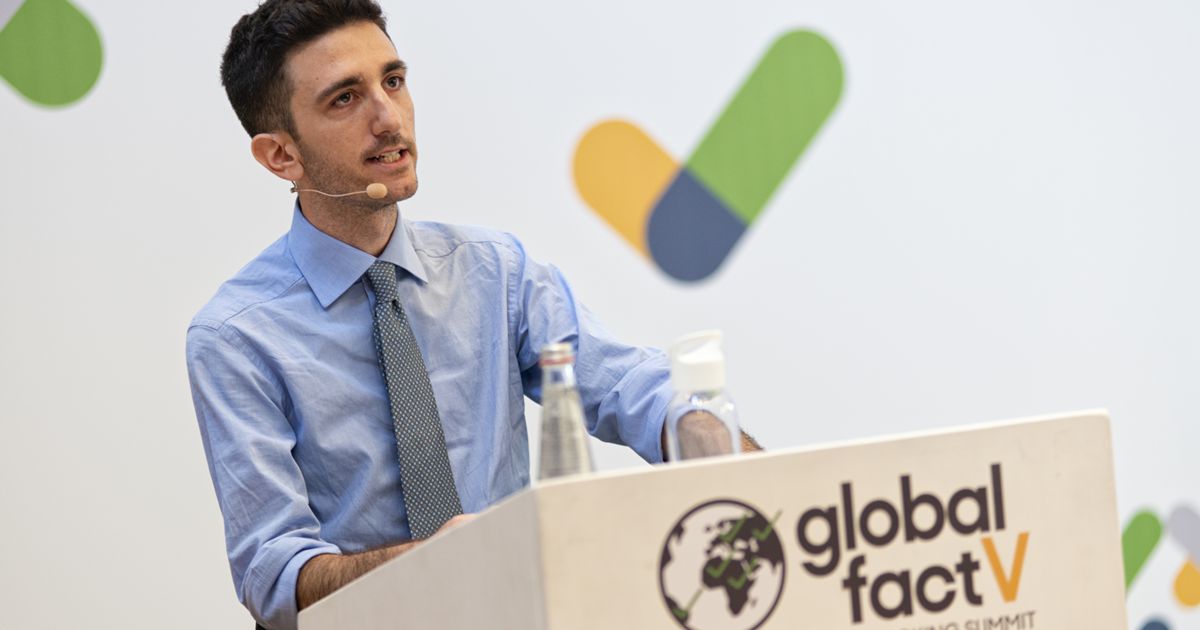You Can Verify If Images Are Fake Or Not Thanks To This Google Function
Seeing is not always believing.
On Monday, 22 June, Google announced their plans to implement a fact-checking system for image search results
With the rise of misinformation on the Internet, the tech giant has decided to expand its fact-check feature to Google Images after previously introducing it to their Search and News functions three years ago.
Talking about the importance of accurate visual information, Google product manager Harris Cohen said, "Starting today, we are surfacing fact-check information in Google Images globally to help people navigate these issues [fake images] and make more informed judgments about what they see on the web."
From now on, you may see a 'Fact Check' label and summary appear under your chosen image
According to Cohen's statement, "These labels may appear both for fact-check articles about specific images and for fact-check articles that include an image in the story."
The example above makes use of a viral hoax of sharks swimming in the streets after Hurricane Harvey devastated the city of Houston in Texas, US, to illustrate how the fact-check label will be displayed.
A quick Google Image search by SAYS found that the fact-check labels have not appeared just yet.
Google itself does not perform any of the fact-checks, but rather depends on independent and trustworthy sources to differentiate reliable images from false ones
The search engine utilises an algorithm to determine if the publisher of the fact-check is a trusted source.
According to the multinational company, images tagged with 'Fact Check' labels should also have a summary telling users exactly what is being fact-checked, conclusions about any claims made, and the original source.
Though Google does not endorse any of the fact-checks, the company does encourage netizens to contact the original website or image owner should they disagree with a fact-check.
Prior to this development, Google pledged USD6.5 million (over RM27 million) to help combat the spread of false COVID-19 information
As was mentioned by Google news and information credibility lead Alexios Mantzarlis,
the funds were used to support fact-checkers and non-profit organisations, such as First Draft and Comprova, who are fighting against misinformation around the world.
Earlier this year, other social media platforms like Twitter, took similar steps to curb misinformation
In May, Twitter announced that it would be adding labels and warning messages to disputed or misleading tweets that require more context and information.
The US President Donald Trump, who is known for often making unsubstantiated claims, found two of his tweets tagged with a link that redirected users to a page clarifying the baseless assertion made by the president.


